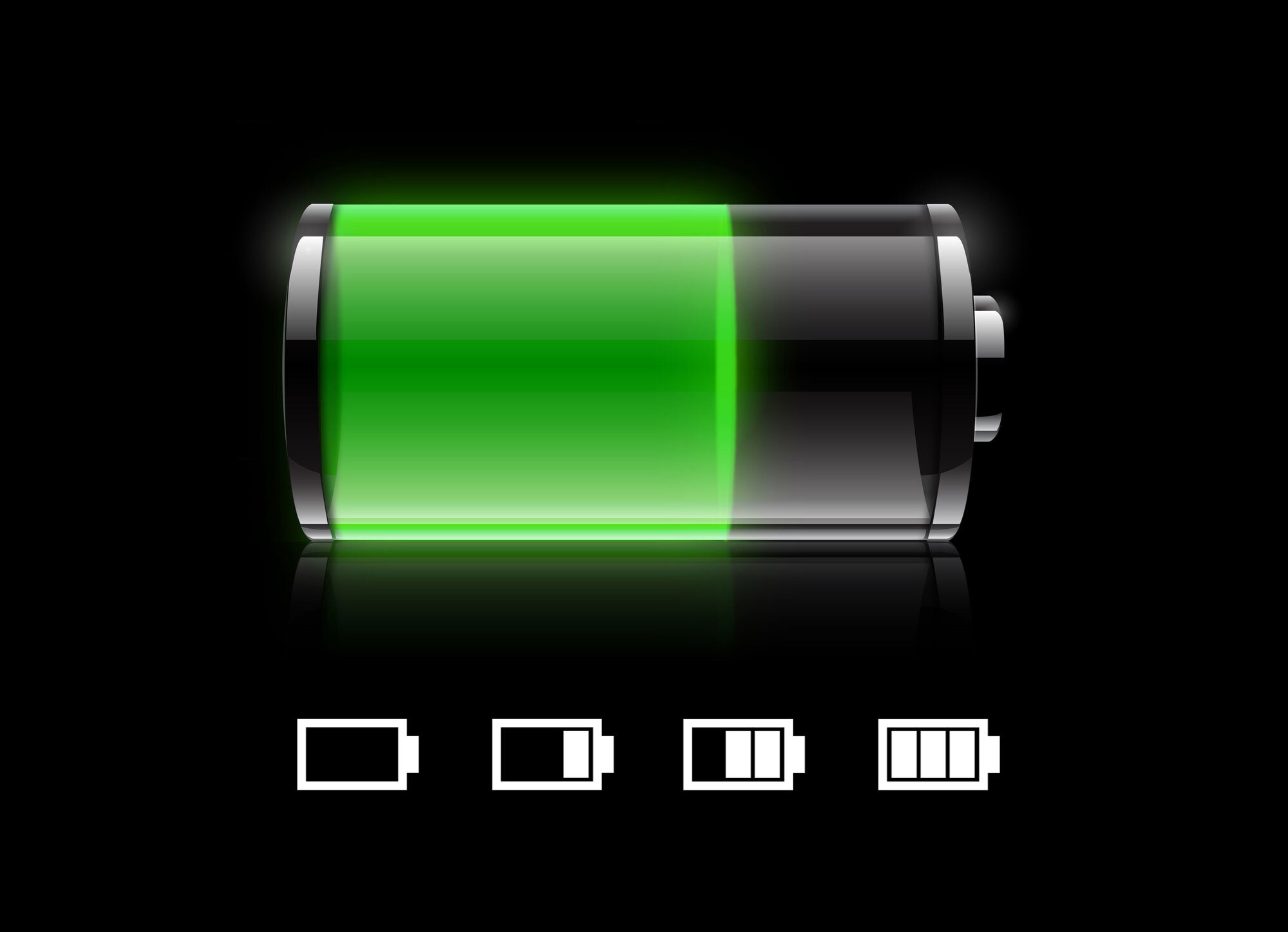As technology advances, the batteries that power our world are becoming increasingly more efficient. From electric vehicles to mobile phones, the future of batteries is being shaped by a range of innovative solutions and emerging trends. In this article well explore the latest developments in battery technology that could shape the way we live in years to come.
We’ll look at how new materials and improved designs are improving their energy density, longevity and cost-effectiveness while also minimizing environmental impact. By understanding these advancements and innovations, as well as whats on the horizon for this essential form of energy storage, you can make informed decisions about your own investments into battery tech.
New Battery Materials: What to Expect

When it comes to battery technology, the future looks bright. Advances in materials science and engineering are leading to novel and improved battery designs that will make energy storage more efficient than ever before. New battery materials such as graphene-based composites, metal oxides, and nanostructured electrodes promise higher capacity, faster charging times, longer lifespans, safer operations – all of which could revolutionize how we use and store energy. With this new wave of innovation come exciting opportunities for businesses and individuals alike.
From electric vehicles to renewable energy systems – the potential applications are endless. As such, it pays to stay informed on whats happening in the world of new battery materials so you can be ready when they become available commercially! Here is a closer look at what to expect from these cutting-edge developments in the near future: Higher Capacity
- Expect improvements in storage density with newer batteries able to hold more charge than their predecessors; this means devices powered by them will last longer between charges or require smaller batteries for a given output level. Faster Charging Times
- Thanks to advances in material design and electronics engineering techniques like pulse charging algorithms, newer batteries should be able recharge faster than traditional ones – making them ideal for situations where short-term bursts of power are needed quickly! Longer Lifespan
- Improvements in protective coatings used on battery surfaces plus other changes mean many products now have an expected lifespan up to 5x that of older models; ensuring your device lasts longer without needing expensive replacements due frequent failure. Safer Operation
- Smart sensors built into modern lithium ion cells allow manufacturers greater control over safety parameters like temperature monitoring & current regulation; resulting in fewer incidents caused by overheating or overcharging issues common with earlier techs.
Emerging Technologies for Longer-Lasting Batteries

As the demand for longer-lasting batteries continues to grow, new technologies are emerging as potential solutions. Rechargeable lithium-ion and Lithium Polymer (LiPo) batteries have been gaining traction in recent years due to their relatively high energy density and light weight. These types of batteries can be charged many times without degrading too quickly, making them an attractive option for a range of applications from consumer electronics to electric vehicles.
Additionally, new chemistries such as solid state lithium ion and sodium ion battery technology offer improved safety features over traditional LiPo cells while still providing comparable ranges. With advances in nanotechnology also enabling more efficient storage capabilities, researchers are now working on ways to further extend the life span of these batteries by improving their energy efficiency or increasing their capacity levels.
Finally, research is being conducted into hybrid solutions which combine different battery types with supercapacitors or fuel cells in order to achieve higher power densities with fewer charge cycles necessary compared to other alternatives. All these emerging technologies promise exciting possibilities for longer lasting batteries that could revolutionize how we use our devices and transport ourselves in the near future.
Implications of the Growing Battery Market on Sustainability
The growing battery market has important implications when it comes to sustainability. With more and more batteries being used in everyday items, from phones to cars, the amount of energy needed for production is steadily increasing. This brings up questions about how companies can produce these items with renewable sources of energy or reduce their environmental impact. In addition, disposal of spent batteries poses a challenge due to the risk of hazardous chemicals released into the environment.
Companies must figure out ways to minimize this risk while still providing customers with reliable products that meet their needs. Furthermore, governments may need to step in and create policies regulating battery production and use, as well as waste management practices for spent batteries. All these issues must be carefully considered if we are going to successfully transition towards a sustainable future powered by clean energy sources such as solar or wind power.

